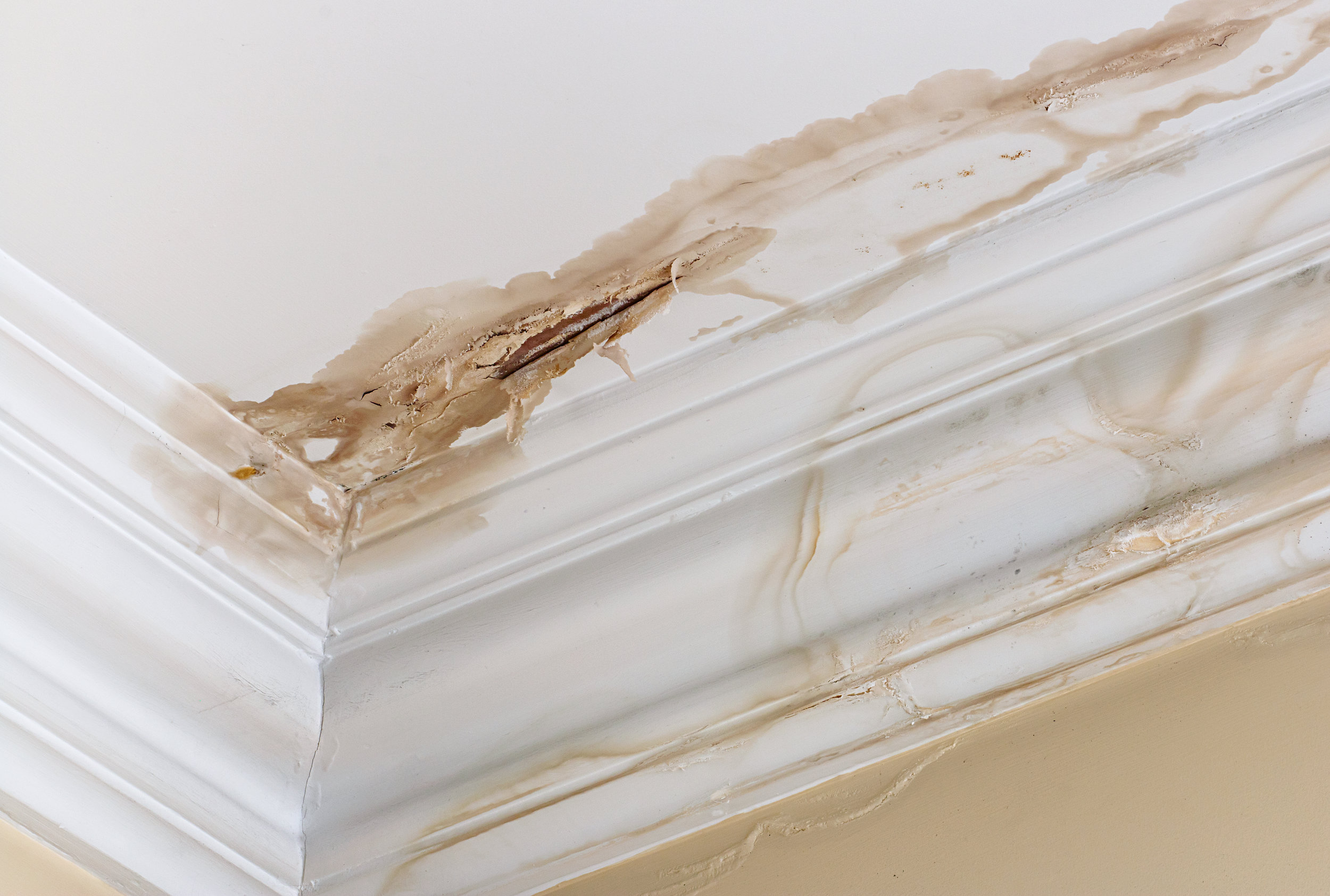
ROOF LEAKS
Roof leaks are perilous claims for a number of reasons. Insurance companies have been fighting and lobbying against you since well before your roof started leaking.
Why?
After Hurricane Wilma, in 2005, lots of people had damaged roofs, but didn’t know they were damaged until they started to leak. If you didn’t get up on your roof after the storm, or it didn’t look damaged, but you developed a leak down the road, your claim was questioned.
To make matters worse, most insurance companies only covered roof leaks (not occurring during a storm) under insurance policy language referred to as an “ensuing loss provision,” which means that the interior leak was covered, but the roof repair was not covered.
From 2008-2010, many people, unable to afford a full roof replacement, but still needing one because of damage from Wilma, or as a result of deterioration from exposure to multiple storms, would make a claim for a roof leak, hold on to the money, make another claim for the next roof leak, hold on to the money, and so on, until they had accumulated enough money to replace the roof. They’d pool the money from the multiple claims, replace the roof, and make the interior repairs themselves.
Obviously, this isn’t the way insurance was mean to work, because it places the insured in a better position than they were before.
Insurance companies, in attempts to stop this, rewrote their policies in and around 2011, stating that interior damages caused by rain entering the building were no longer covered unless an opening was first created in the property by an insured loss (wind, hurricane, hail, fallen objects/trees, etc.)
Some companies still cover roof leaks with the old language, but those policies are limited and you should know before you file your claim.
What’s worse is insurance companies have perverted this language in attempts to deny storm claims, often claiming that because tiles/shingles aren’t missing and a roof doesn’t “look” damaged, then there must not be an insured opening. This is not correct. Openings can either be hidden, under roof tiles or shingles, and only visible during the repair, or can be microscopic. If a new leak occurs during a storm event with high winds, it certainly requires investigation.
